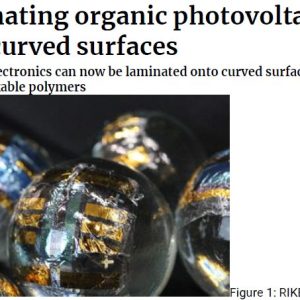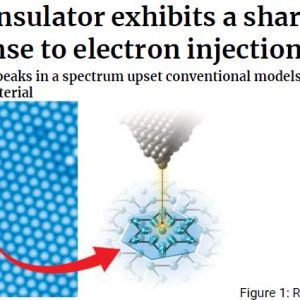
Effects of Al native oxide film and heating atmosphere on diffusion behavior of Ni_Al laminated film
₩4,000
Power devices, such as power conversion and control devices, with excellent performance and high efficiency, are essential to realizing a carbon–
neutral society. Towards that goal, devices using wide bandgap semiconductors, such as SiC and GaN, are being developed. Because wide bandgap
semiconductors can operate at higher temperatures than conventional Si devices can, packaging technology with high heat resistance is required to
demonstrate their performance. Previously, we proposed a sinter bonding technique using Ni nanoparticles for die bonding, i.e., bonding semiconductor
chips to substrates. We demonstrate that Ni could be bonded to Al by sintering in the air. Meanwhile, the structures of recently reported power devices
contain surface electrodes with an Al–Ni interface. Our research on Ni nanoparticle bonding and the Al–Ni interface in recent device structures demonstrated
that evaluating the changes in the Al–Ni interface at high temperatures is crucial to ensure long–term reliability for high–temperature operation of the devices.
Therefore, the diffusion behavior of Ni/Al multilayer samples annealed in air or vacuum was evaluated using Auger electron spectroscopy. Furthermore, the
effect of the natural Al oxide film at the Ni/Al interface was also investigated. The results revealed that in the Ni/Al2O3/Al structure, atmospheric heating
induced interdiffusion of Ni and Al through the Al oxide layer and that the natural Al oxide layer acted as a barrier to diffusion during vacuum heating.





상품평
아직 상품평이 없습니다.